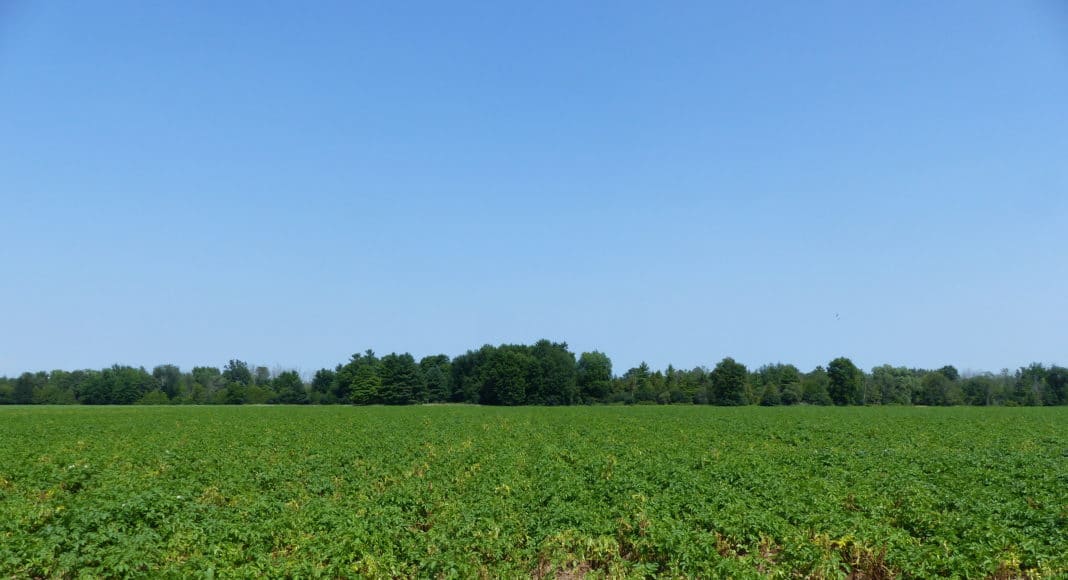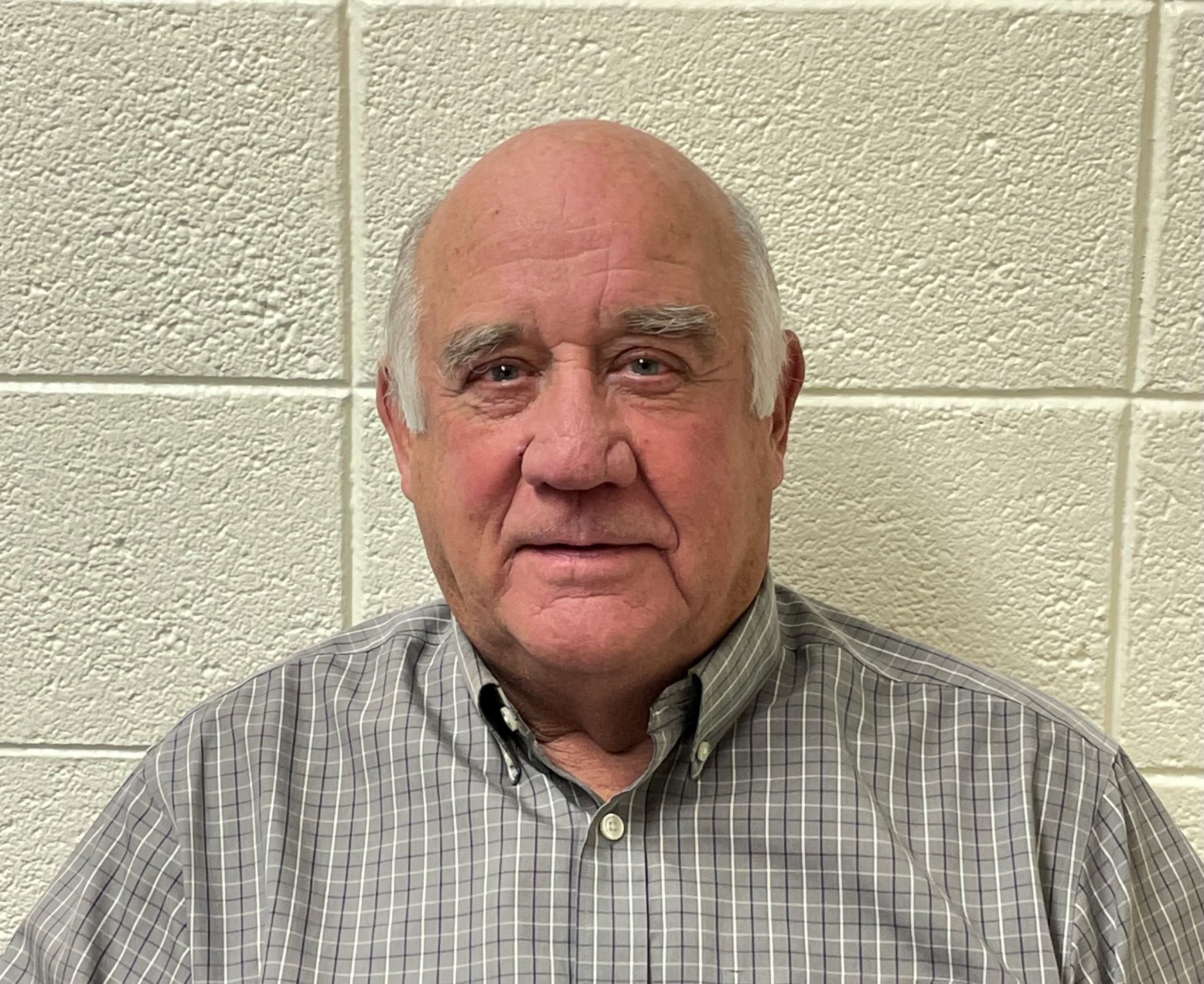If potato producers could snap their fingers to solve the most costly and frustrating production challenge they face, almost all would snap away early die complex. Widely considered the most important yield-limiting disease in processing potatoes, early die can cost five to 30 per cent of yield. Yes, early die is difficult to manage. However, the more you know, the better you’ll be able to tackle it.
Part of early die’s challenge is its complexity. It’s caused by a team of invaders: the Verticillium dahliae and Verticillium ablo-atrum pathogens, of course (hence why early die is also called verticillium wilt), but also fusarium, lesion nematodes, black dot and likely other pathogens, nutrient deficiencies, and stress. Together, they essentially plug the vascular system, stopping movement of water throughout the plant, until the plant simply dries up.
Once early die gets carried into a field by infected seed, the inoculum requires only three to four successive crops to build up to challenging levels and can survive in soil for 10 to 15 years, making management extremely difficult. Crop rotation doesn’t work, neither does bio-control. Researchers haven’t been successful trying to breed agronomically acceptable resistant varieties. Seed and soil treatments aren’t effective.
Currently, the only viable management option is soil fumigation. However, there’s a push to phase metam sodium out of production. I expect increasing resistance to the use of metam sodium as we move forward.
Chloropicrin, sold as Strike, appears to be the best up-and-coming option to tackle Verticillium. While some worry Chloropicrin’s results are inconsistent, the problem is usually inadequate rate which limits the volume of soil treated. If only a small volume of soil right around the knife is treated well, potatoes grow out of the protective zone too quickly, limiting season-long suppression.
Chloropicrin is highly effective against some disease pathogens and nematodes, and it actively promotes soil microbial populations. Efficacy and that kind of sustainability improvement are a true win:win, especially given how critical social license to operate is becoming.
We’re also hopeful that green manure crops, which naturally produce isothiocyanate (the same cyanide compound in metam sodium) may prove effective in the future. If it works, it’s a slow fix — no one has been able to use the system long enough to prove its efficacy.
Will producers have more tools in the toolbox a decade from now? I hope I’ll be around to find out. Brilliant minds are working on early die from all angles – changing planting and harvest dates, testing biologicals, considering different mixes – and nothing new has so far proven effective. However, you just never know when a breakthrough might appear.
North Dakota State University’s professor Gary Secor, fondly known as the ‘guru of potato disease’, will be talking further about early die complex at the TriCal Group’s jam-packed, producer-oriented ‘Potato School’ Dec. 14. Visit the registration page for more information on this free virtual event.
Related Articles
What’s Biting into Your Farm’s Economic and Environmental Sustainability?








